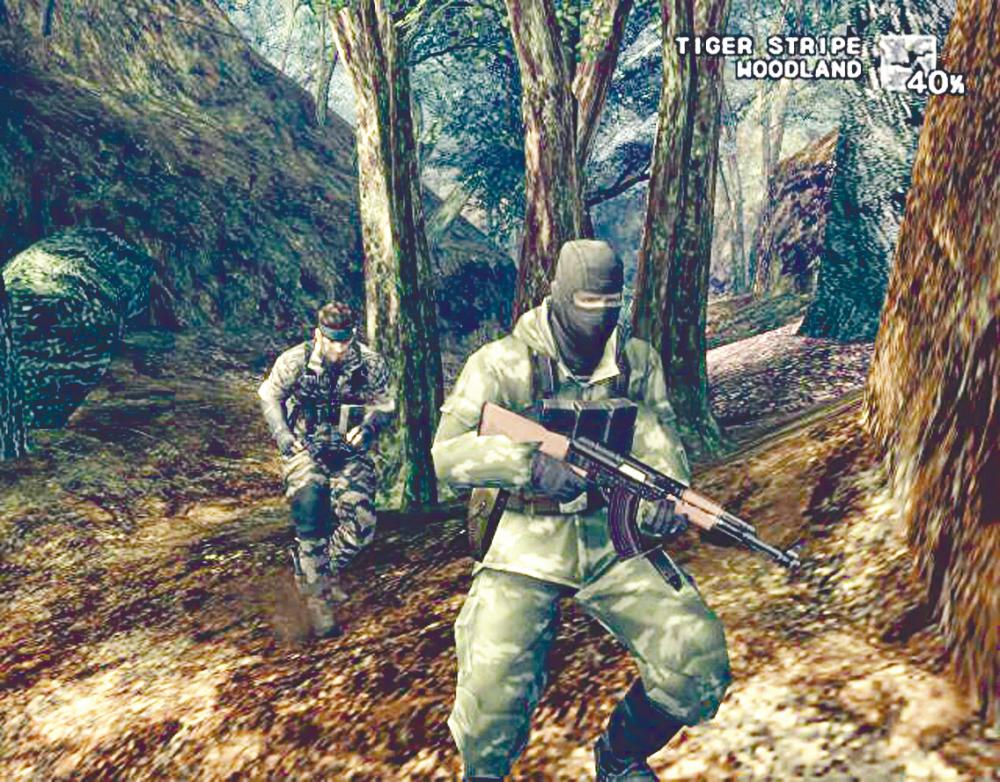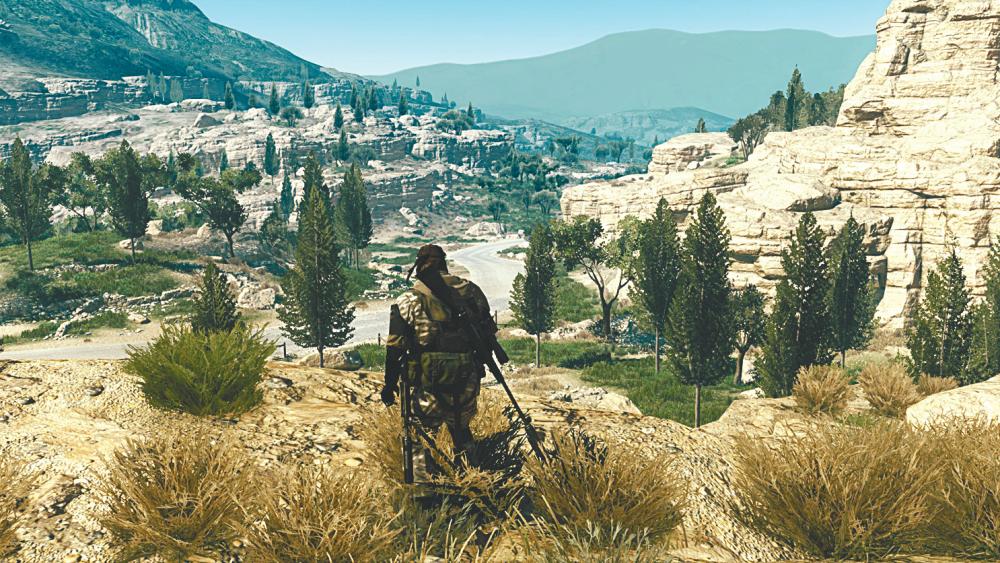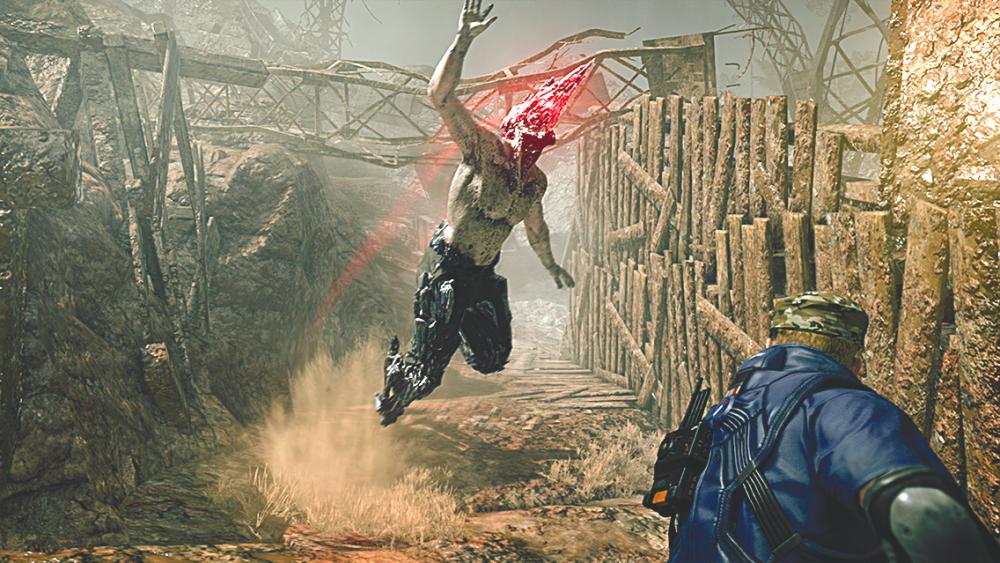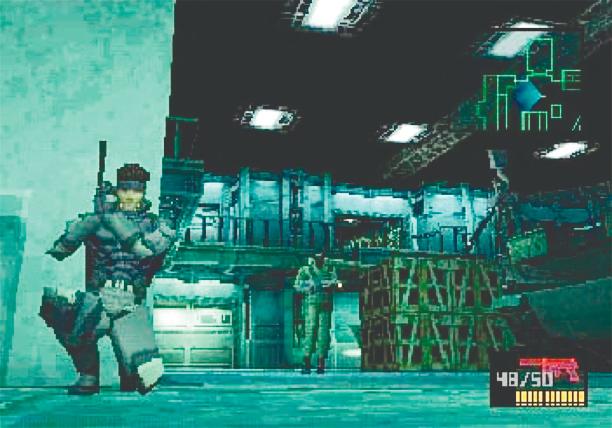TWENTY-FIVE years ago, Metal Gear Solid was released on the first PlayStation.
Though the events in the game are set after Metal Gear in 1987 and Metal Gear 2: Solid Snake in 1990, Metal Gear Solid (MGS) is the first in the “Solid” era of franchise, which spanned from 1998 to 2015. “Solid” denoted how MGS used 3D computer polygon graphics, unlike its predecessors.
Though the first two Metal Gear games are important, this article will forgo those games to instead focus on MGS, a game that was important in setting up the blueprint for subsequent games in the franchise and for other games in the same genre/subgenre to emulate.
Birth of a new subgenre
From the mind of video game auteur Hideo Kojima, MGS was an important game in the action-stealth subgenre and while it played an important role in developing the subgenre, it technically wasn’t the first 3D stealth game.
About six months before the release of MGS, the ninja game Tenchu: Stealth Assassins was (also) released on the PlayStation. Much of the gameplay and mechanics were similar, but the former diverged by taking the action-stealth route, whereas Tenchu was almost entirely stealth.
What made the game stand out, from Tenchu and the other games at the tail end of the last millennium, was its military action, the melding of political and historical intrigue, and emphasis on cinematic sequences.
For instance, compare the story cutscenes of 1997’s Final Fantasy VII and MGS; the latter blows the former completely out of the water.

Shots weren’t stationary, dialogue between characters were animated (with voice acting!), and the cinematography that went above and beyond for a game where the faces of characters were basically pixelated boxes.
MGS also diverged from its contemporaries at the time due to its sandbox style of playing.
Branded as “Tactical Espionage Action”, the game is set on the fictional Shadow Moses Island, where a nuclear weapons disposal facility has been taken over by terrorists.
Players, in the shoes of the game’s lead character Solid Snake, are left to their own devices.
They can either choose to do what most action games at the time encouraged – run and gun – or they can be tactical, by utilising every tool and trick Kojima integrated into the game, from using ketchup to escape capture, to infiltrating various parts of Shadow Moses using a cardboard box.
Though Tenchu was the first stealth game, MGS was the first action-stealth game that broke ranks and defined decades of gaming.
MGS would go on to inspire 2002’s Tom Clancy’s Splinter Cell (which birthed an entire franchise and direct competitor), Spy Fiction in 2003, and numerous other games, along with spawning eight games in the Metal Gear franchise that abruptly ended with 2015’s Metal Gear Solid V: The Phantom Pain.

Is the franchise truly dead?
Following the release of MGSV, a slew of controversies emerged surrounding Konami, Kojima and the old Kojima Productions. The debacle, far too extensive to detail here but basically involved clashing ideologies and allegedly brutal working conditions, eventually led to Kojima and former staff of his team leaving Konami in 2015.
Towards the end of the same year, Kojima Productions would be re-established by Kojima as an independent studio.
MGSV, released in a quasi-incomplete state, was Kojima and Kojima Productions’ last game in the franchise. A subsequent spin-off that was developed without Kojima, Metal Gear Survive was released by Konami in 2018.
Unlike other games in the series, Survive was a zombie survival game developed using assets from MGSV. The game was critically panned and allegedly suffered the lowest sales in the entire franchise.
In the five years since, the 36-year-old Metal Gear and 25-year-old Metal Gear Solid IPs have not seen a single new game set within the universe or continuity.

However, fans have seen MGS3 cinematic cutscenes stunningly recreated or fully rebuilt using the Fox Engine in – ironically – pachinko machines by Konami; pachinko – in Japan – are arcade machines geared towards gambling.
As 2023 marks the 25th anniversary of the first mainline Metal Gear Solid game, there may be something in the horizon.
In last December’s issue of Japanese video game magazine Famitsu, Noriaki Okamura teased that “2023 will be a year of many announcements”. Okamura was a producer for several games in the franchise.
There have always been rumours of Konami returning to the beloved action-stealth franchise, but whether it happens or not is entirely up in the air.
With Kojima and his team out of the picture, a new Metal Gear game could very well turn out like Survive, or worse, but fans are certainly holding out hope that one of the old games are remade with modern gaming standards.













